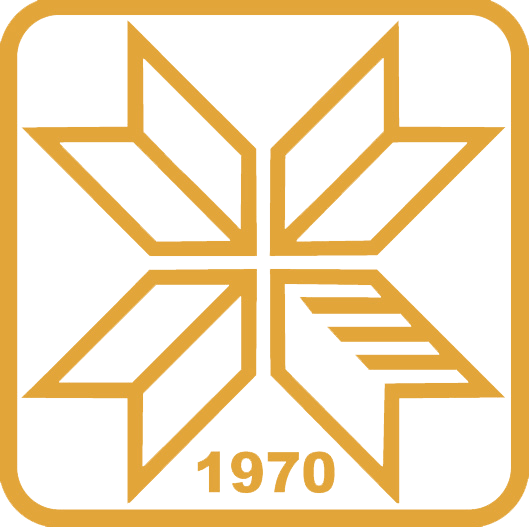Occurrence of powdery mildew and septoria leaf blotch in wheat affected by nitrogen dose and foliar fertilization
Аутори
Gudžić S., Slaviša G., Nebojša D., Nebojša G., Miroljub A., Katerina N., Milosav G., Dragan G., Deletić N., Gudžić N., Aksić M., Nikolić K., Grčak M., Grčak D.,
Метаподаци
Приказ свих података о документуАпстракт
Modern wheat production increasingly relies on its additional nutrition through leaves, and
numerous biostimulators and water-soluble fertilizers are used for foliar feeding. This kind of
nutrition regime makes plants more resistant to pathogens. During its growth wheat is attacked
by many pathogenic fungi. Septoria leaf blotch (Mycosphaerella graminicola) and powdery
mildew (Blumeria graminis) are the diseases occurring every year. This investigation was carried
out with three wheat cultivars (Sosthene, Simonida and Evropa), during growing season
2018/2019, in the area of Gračanica municipality (K&M), on vertisol soil type. The trial was set
in RCBD with four replications. The treatments were the following: 1) Control; 2) N50P90K90; 3)
N100P90K90; 4) N150P90K90; 5) N100P90K90 + Agrostemin; 6) N100P90K90 + Murtonik; 7) N100P90K90
+ Agrostemin + Murtonik. Occurrence and development of both diseases were observed, and
attack intensity was graded during the first weeks of June, according to the standard scales for
septoria leaf blotch and powdery mildew. Fertilization regime significantly affected occurrence
and intensity of septoria leaf blotch. In cultivar Sosthene foliarly applied Agrostemin and
Murtonik reduced the disease development. The treatments with those two supplements applied
(N100P90K90 + Аgrostemin and N100P90K90 + Мurtonik) had the lowest infection intensity (5.0%).
Powdery mildew was registered in all three studied cultivars, but not in all the treatments. Unlike
septoria leaf blotch, powdery mildew occurred sporadically, and with low intensity.
М категорија
M33openAccess
M33
openAccess
